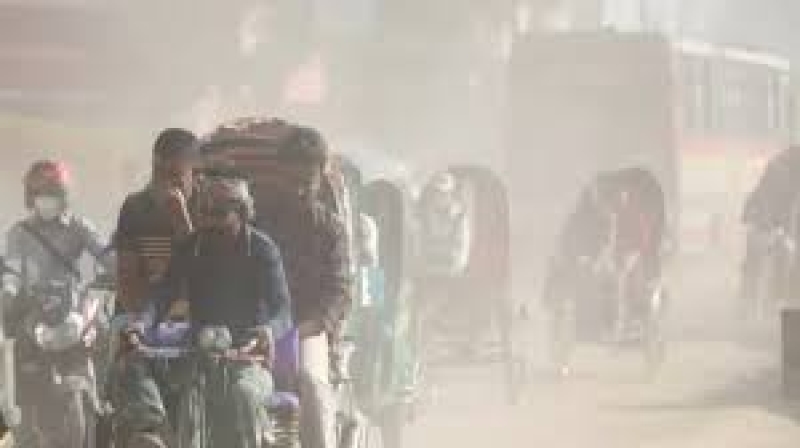- Govt welcomes Tarique Rahman’s return, assures full coop |
- BNP strikes polls deal with 7 more partners, reserves 8 seats |
- BRTA tops corruption list among public service offices: BBS |
- Toll-free entry for vehicles via airport area expressway Thursday |
- ‘Very unhealthy’ air quality persists in Dhaka |
Dhaka’s air quality unhealthy Monday morning

Dhaka, the overcrowded capital city of Bangladesh, has ranked the fifth on the list of cities with the worst air quality with an AQI score of 153 at 8:50am this morning (October 7, 2024).
Today’s air was classified as 'unhealthy' but yesterday’s air quality was ‘unhealthy for sensitive groups with an AQI score of 101,’ according to the AQI index.
When the AQI value for particle pollution is between 50 and 100, air quality is considered ‘moderate’, usually sensitive individuals should consider limiting prolonged outdoor exertion, between 101 and 150, air quality is considered ‘unhealthy for sensitive groups’, between 150 and 200 is ‘unhealthy’, between 201 and 300 is said to be 'very unhealthy', while a reading of 301+ is considered 'hazardous', posing serious health risks to residents.
Vietnam’s Hanoi, India’s New Delhi and Pakistan’s Lahore occupied the first, second and third spots in the list, with AQI scores of 168, 167 and 164, respectively.
The AQI, an index for reporting daily air quality, informs people how clean or polluted the air of a certain city is and what associated health effects might be a concern for them.
The AQI in Bangladesh is based on five pollutants: particulate matter (PM10 and PM2.5), NO2, CO, SO2, and ozone.
Dhaka has long been grappling with air pollution issues. Its air quality usually turns unhealthy in winter and improves during the monsoon.
As per World Health Organization (WHO), air pollution kills an estimated seven million people worldwide every year, mainly due to increased mortality from stroke, heart disease, chronic obstructive pulmonary disease, lung cancer, and acute respiratory infections, reports UNB.

